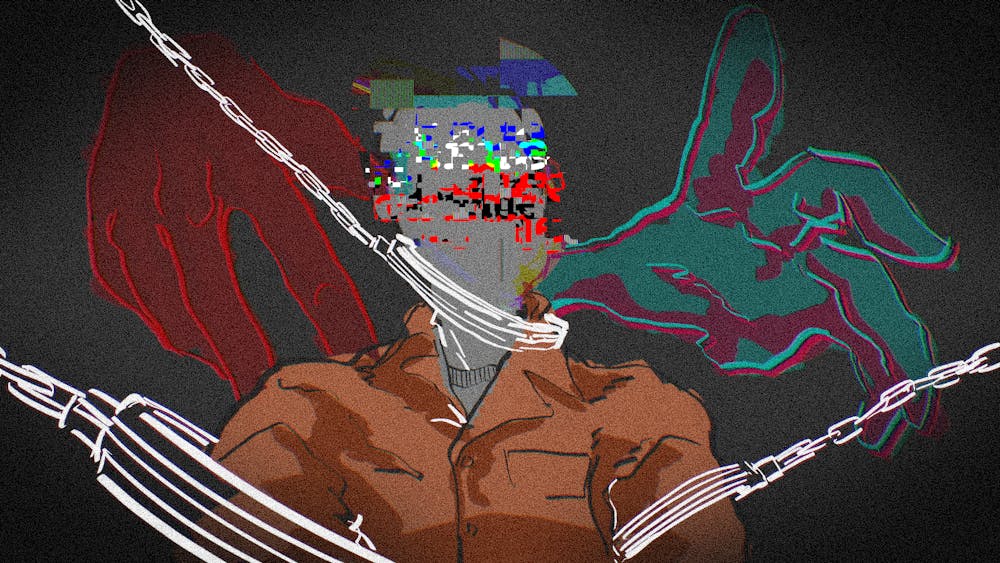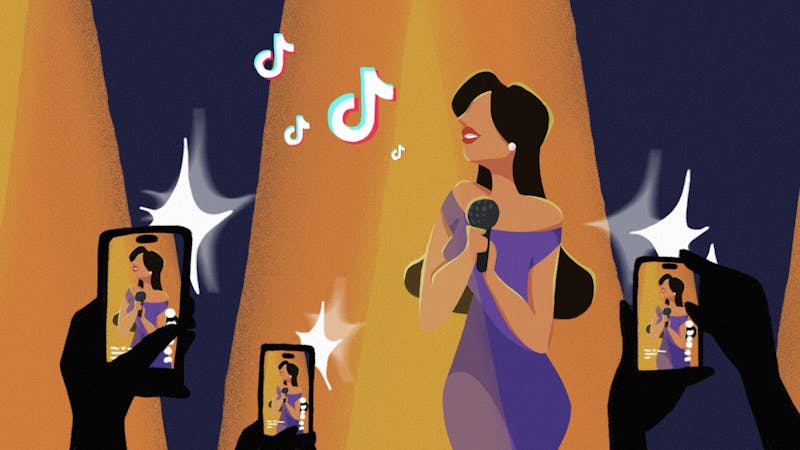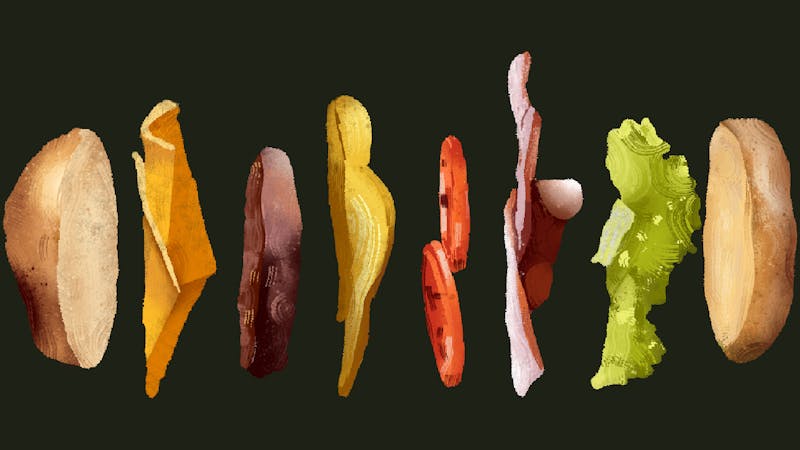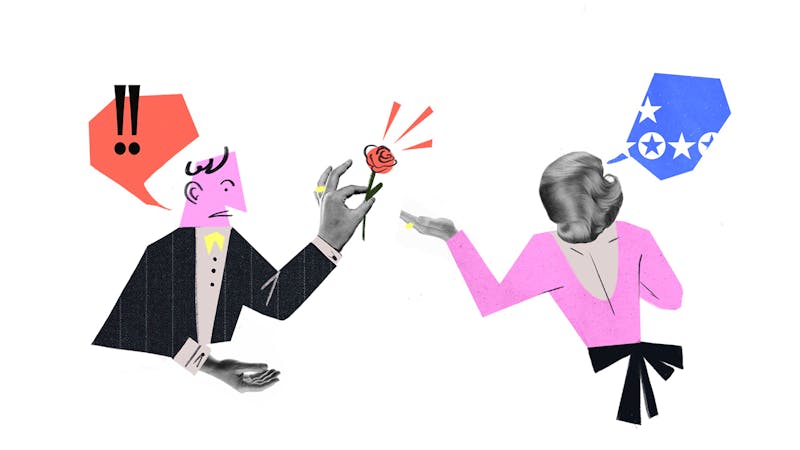Although TikTok is known for its niche circles, one of the up–and–coming sides contains a particularly curious duo: a giant bowl of tteokbokki and a discussion of the violent crimes of the world’s most infamous serial killers. If your little heart desires further mind–numbing content to drown out a turbulent midterm season, switch tabs to YouTube for an ASMR–whispered rendition of a murder case that is tagged “very disturbing!!!” to lull you to sleep. As absurd as it sounds, this is what’s come to define the Internet’s evolving true–crime scene.
The true–crime haze and hashtag in mainstream social media is fairly recent, but still concerning. Spotify podcasts, Netflix documentaries, and dramatized television adaptations of some of the most disturbing crimes in human history has gifted its significant fanbase with a desensitized, morbid fascination for all things gory.
However, the origins of true crime tell a different story. True crime observed its humble beginnings in the 1500s when British authors produced works that reported on capital crimes. Coupled with the circulation of crime pamphlets, ballads (orally delivered verses of grisly criminal acts), and woodcuts that depicted the gruesome acts themselves, a strong captivation for this darker side of humanity was cemented.
In an effort to generate profit, traveling peddlers began to sell printed versions of popular ballads with outrageous titles that were highly exaggerated to generate wide appeal. Described as the “Elizabethan equivalent of supermarket tabloids,” the circulation of these stories marked a rapid change and development in true crime as a genre.
Then, in the 20th century films and books on true crime garnered large audiences. Along with the turbulent acts of this period, during which various political figures were assassinated, crime seemed to be the center point of the public’s attention. From 1967’s Bonnie and Clyde to the infamous 1965 novel In Cold Blood, true crime content evolved from a way to spread information to a form of mass media entertainment.
Unfortunately, seemingly harmless detective work and an urge to uncover the terrifyingly intriguing shadow of human nature has led us astray. The Internet’s obsession with sensationalist stories and its need to churn out content that appeals to an audience of wide, shifting interests may have been what birthed the concerning combo of true crime and mukbangs—videos in which creators consume copious amounts of food.
Content creator Rotten Mango and her videos are almost a rite of passage in the world of true crime. A true true–crime junkie will know Stephanie Soo and her unique approach to the scene through delicious, mouth–watering platters of different cuisines on a backdrop of her detailed narration of haunting murders.
TikTok user Breanna Heim has also made a name for herself in the world of social media by posting “true–crime GRWMs.” In layperson's terms—for those who are not chronically online—her content revolves around videos of her doing makeup as she relays deep dives into the minds, lives, and crimes of serial killers.
While the initial reproduction of murder cases was a concern alone, add a cutesy bright–pink Rare Beauty blush or trendy Buldak fire noodle to the frame and we’re left with an ethical dilemma. Just how far can we push the boundaries? Was there even a boundary in the first place?
Overconsumption and constant exposure creates the perfect grounds for this alarming lack of reaction to real–life horror stories, leading to mass desensitization and a lack of empathy and respect toward death. Not only does this harm victims and breach privacy concerns, but it can also facilitate the spread of misinformation or large entities profiting off these stories in the process. Movies with dramatized reenactments of terrible deeds in human history waters down the weight and significance a case could have to families of victims and others affected by the crime. These individuals must essentially relive a horrifyingly traumatic experience while others use it to plan out their next Halloween costume.
But, on the other side of this realm of popular media, the desire to understand potential threats—in order to avoid them—could be seen as a valid reason for giving in to the “click-baity” thumbnails that describe appalling acts difficult to even imagine. It provides an opportunity to process fears in a safe environment as its enjoyers watch “justice” being served. Internet sleuths sometimes actively participate in helping to continue investigations on “unsolved mysteries” that others have abandoned, aiming to bring a sense of closure to those impacted. Take Sarah Turney for example, who—with her podcast titled Voices for Justice—helped uncover and document the disappearance of her sister. True crime itself may not be the problem insofar as we don’t turn it into something it shouldn’t become.
Is it ethical? Have we lost sight of its purpose? What are the consequences? These are just some of the questions we must consider as we choose to actively engage with and navigate this ever–changing landscape. Don’t be so quick to swear off true–crime forever, though. After all, old habits die hard. Let’s just learn to be a bit more critical of the next brain–rotting TikTok that befalls our For You Page highlighting a frighteningly scrumptious feast on fear. Shouldn’t we—at the very least—lose our appetite?






